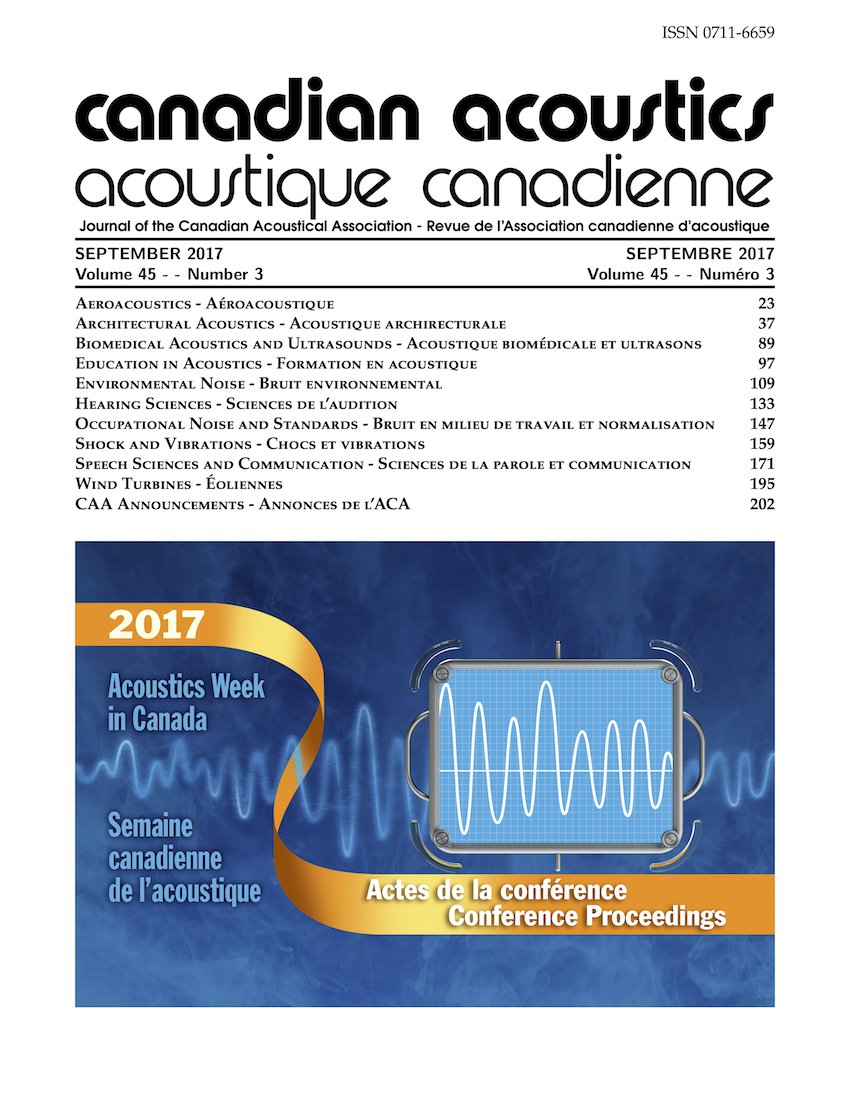Quantitative Differences in Highway Noise Levels due to Pavement Type: Impact on Modelling Future Noise Emissions
Abstract
An overview will be provided of three highway-noise models in use in Canada or the USA, the capacity of these models to accurately represent noise emissions from different pavements, and the constraints that are imposed in some jurisdictions that compromise the accuracy of modelling, particularly with forecasting of future noise levels after a project is built. Ideally, calculated noise levels will agree with measured levels of highway noise. The models to be reviewed include STAMSON 5.0, STAMINA 2.0, and the Traffic Noise Model (TNM). In some cases, the predictions are constrained through the mandated use of an ill-defined "average" pavement type that does not accurately represent either Portland Cement Concrete (PCC), Dense-Grade Asphalt Concrete (DGAC) or Open-Grade Asphalt Concrete (OGAC). As such, there are constraints on accuracy that occur when a modeller is obligated to assume that the pavement on a highway will be "average" as far as noise emissions are concerned. Detailed examples are provided that illustrate how specific geographic regions, such as American States, have documented the differences between pavements actually in use for a given State and a national average pavement type. The quantitative differences to be expected between PCC, DGAC, OGAC and "Average" pavements will be discussed.Additional Files
Published
How to Cite
Issue
Section
License
Author Licensing Addendum
This Licensing Addendum ("Addendum") is entered into between the undersigned Author(s) and Canadian Acoustics journal published by the Canadian Acoustical Association (hereinafter referred to as the "Publisher"). The Author(s) and the Publisher agree as follows:
-
Retained Rights: The Author(s) retain(s) the following rights:
- The right to reproduce, distribute, and publicly display the Work on the Author's personal website or the website of the Author's institution.
- The right to use the Work in the Author's teaching activities and presentations.
- The right to include the Work in a compilation for the Author's personal use, not for sale.
-
Grant of License: The Author(s) grant(s) to the Publisher a worldwide exclusive license to publish, reproduce, distribute, and display the Work in Canadian Acoustics and any other formats and media deemed appropriate by the Publisher.
-
Attribution: The Publisher agrees to include proper attribution to the Author(s) in all publications and reproductions of the Work.
-
No Conflict: This Addendum is intended to be in harmony with, and not in conflict with, the terms and conditions of the original agreement entered into between the Author(s) and the Publisher.
-
Copyright Clause: Copyright on articles is held by the Author(s). The corresponding Author has the right to grant on behalf of all Authors and does grant on behalf of all Authors, a worldwide exclusive license to the Publisher and its licensees in perpetuity, in all forms, formats, and media (whether known now or created in the future), including but not limited to the rights to publish, reproduce, distribute, display, store, translate, create adaptations, reprints, include within collections, and create summaries, extracts, and/or abstracts of the Contribution.


